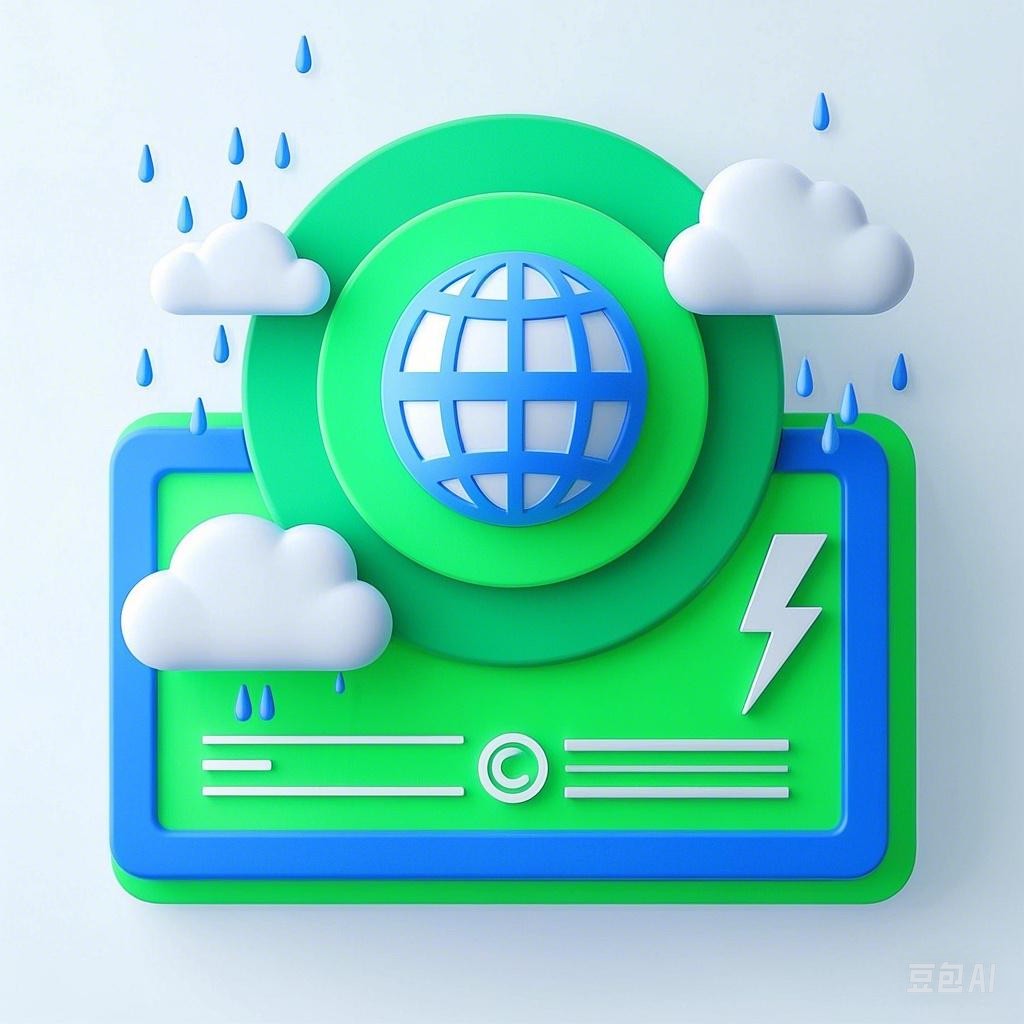Drought and flood disasters are two of the most prevalent and devastating natural phenomena that affect people around the world. Understanding the terminology associated with these events is crucial for preparedness, response, and recovery efforts. This article aims to provide an essential glossary of terms related to drought and flood disasters, ensuring that individuals and professionals are well-equipped with the vocabulary necessary to navigate these challenging situations.
Introduction
Drought and flood disasters can have profound impacts on human lives, economies, and the environment. By familiarizing yourself with the following terms, you can better understand the nature of these disasters, their causes, and the strategies for managing them.
Drought Terminology
1. Drought
Definition: A prolonged period of abnormally dry weather that leads to water shortages and affects soil moisture, vegetation, and water resources.
2. Drought Stress
Definition: The negative impact of water stress on plants, animals, and ecosystems, leading to reduced growth, reproduction, and survival.
3. Drought Index
Definition: A measure used to assess the severity of a drought, often based on precipitation, soil moisture, and other indicators.
4. Drought Threshold
Definition: The level at which the impacts of a drought become severe enough to cause significant economic or environmental damage.
5. Drought Contingency Plan
Definition: A plan developed by governments or organizations to mitigate the effects of a drought, including strategies for water conservation, allocation, and emergency response.
Flood Terminology
6. Flood
Definition: An overflow of water onto land that is normally dry, usually caused by heavy rainfall, dam failure, or river overflow.
7. Floodplain
Definition: A flat area adjacent to a river or stream that is periodically flooded, often used for agriculture or residential purposes.
8. Storm Surge
Definition: A rise in sea level due to strong winds from a storm, often leading to coastal flooding.
9. Inundation
Definition: The process of water overflowing onto normally dry land, usually as a result of flooding.
10. Flood Warning
Definition: An official notice from authorities to alert the public of an imminent or ongoing flood event, urging evacuation or preparation measures.
Response and Recovery Terminology
11. Emergency Response
Definition: The immediate actions taken by authorities to protect lives and minimize damage during a disaster.
12. Disaster Recovery
Definition: The process of restoring infrastructure, social services, and economic activities after a disaster.
13. Shelter-in-Place
Definition: An instruction given by authorities to remain indoors during a disaster, rather than seeking shelter elsewhere.
14. Evacuation
Definition: The removal of people from a dangerous area to a safe location during a disaster.
15. Debris Removal
Definition: The process of clearing away fallen trees, broken glass, and other materials left by a disaster.
Conclusion
Understanding the terminology associated with drought and flood disasters is essential for effective communication, preparedness, and response. By familiarizing yourself with these terms, you can better understand the challenges faced by individuals and communities affected by these natural phenomena and contribute to more informed decision-making and emergency planning.
